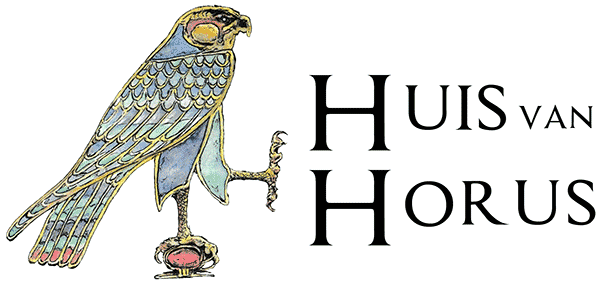Archief
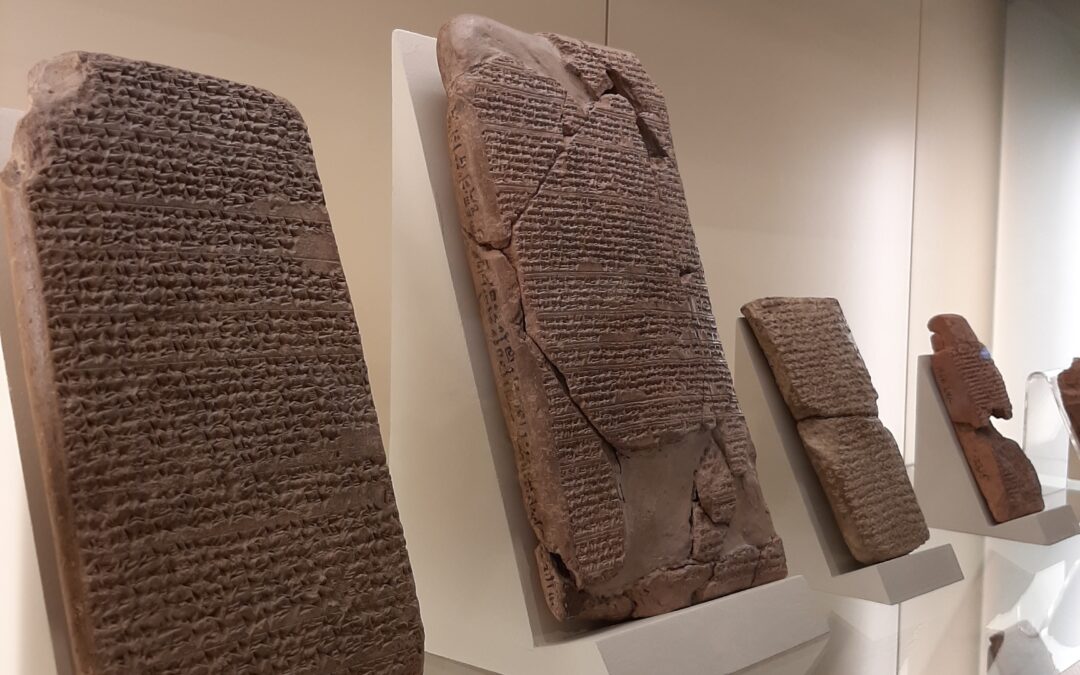
28 juni 2023 | De Amarnabrieven: Vondst en context
In het voorjaar van 1887 vond een lokale vrouw tussen het zand van de ruïnes van Amarna enkele kleitabletten waar ‘afdrukken van vogelpootjes’ in stonden. Zij besefte zich niet wat de impact was van haar vondst: Zij had het archief gevonden van het ministerie van Buitenlandse Zaken onder het bewind van farao Achnaton (ca. 1340 v.Chr.). De brieven vormen een uniek inkijkje in de buitenlandse politiek van de 14e eeuw v. Chr, zowel op internationaal als nationaal niveau.
In deze lezing zal Joost Golverdingen ingaan op verschillende aspecten van de Amarnabrieven, waaronder de vondst, de manier waarop de tabletten kunnen worden ingedeeld en hun chronologische indeling.
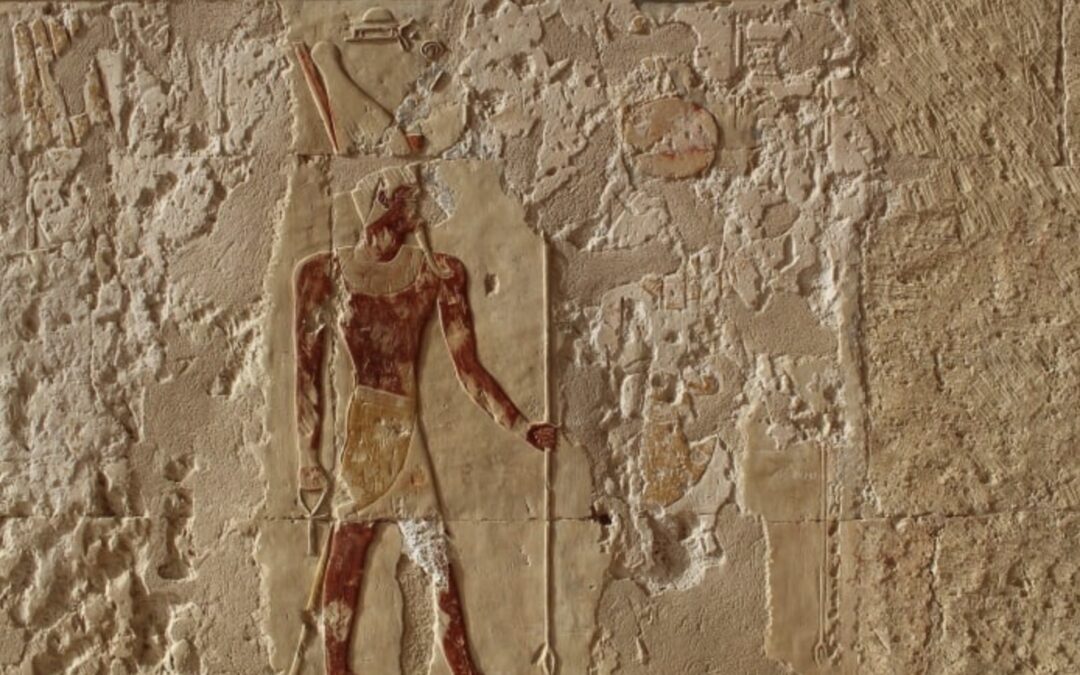
18 april 2023 | Beyond Damnatio. Iconoclasm in Old Kingdom Tombs
Iconoclasm has been traditionally understood as the phenomenon of breaking images within religious and political contexts. Notoriously, the term came to be associated with the defacement of sacred icons in the Byzantine period and during the Protestant Reformation. However, in the last two decades, the use of the term iconoclasm underwent a re-evaluation, as it slowly came to signify more complex acts of image defacement in various socio-political frames.
By showcasing examples from the Memphite necropolises in Egypt, we intend to demonstrate how iconoclasm, analysed within its archaeological context, may reveal compelling details not only on the diverse socio-funerary practices, but also on the conception and use of images as vehicles of meaning in ancient Egypt and beyond.

21 maart 2023 | ‘I am your slave, forever’: Slavery and Servitude in Late Period Egypt
Ella Karev, PhD
How can we define slavery? What makes someone a slave?
These were the questions that formed the basis of her dissertation, Slavery and Servitude in Late Period Egypt (2022). In this talk, she presents the findings of her scholarship regarding slavery of this understudied period in Egyptian history, but also speaks to the deeper issues: was a slave considered chattel? What rights did slaves—or their owners—claim and exercise? Could they have children, get married, or own property in their own name?
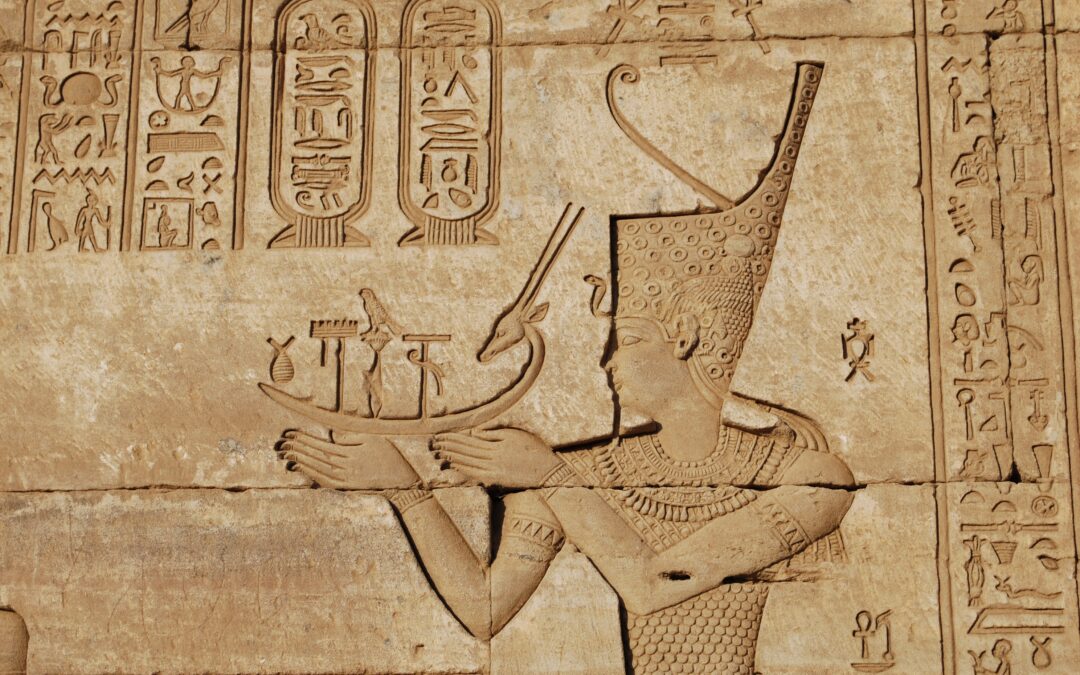
12 januari 2023 | Roman pharaohs: the representations of the emperors in Egypt
The Roman conquest brought about a new phase of foreign domination in Egypt. This talk will explore the multifaceted responses of the inhabitants of Egypt to the figure of the emperor, highlighting the cultural vitality of one of the most important regions of the Roman world.
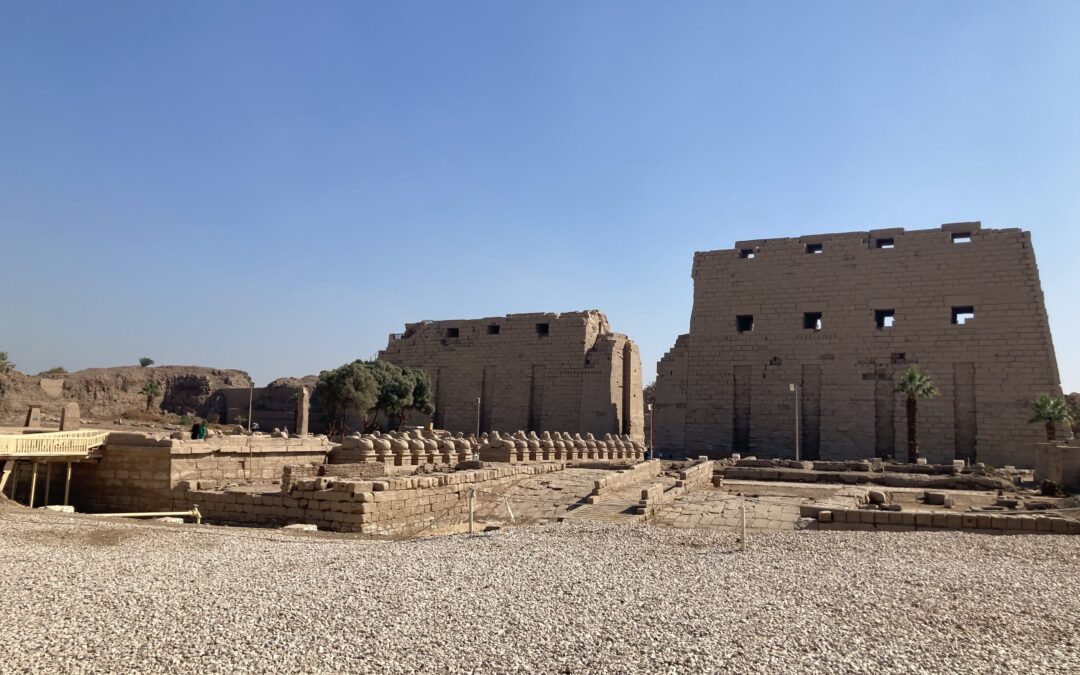
16 februari 2023 | Werken in tempel en necropool
Thebe, het huidige Luxor, is gedurende de Egyptische geschiedenis altijd een belangrijk religieus centrum geweest. Verschillende tempels, zoals die van Karnak of Medinet Habu vormden het hart van het religieuze gebeuren in Thebe. Dagelijkse, wekelijkse of jaarlijkse religieuze festivals en rituelen kleurden de kalender, waarbij verschillende types priesters betrokken waren. Deze priesters konden zowel in de necropool als dodenpriester werken of in de tempel als hoge clerus priester. De religieuze festiviteiten in Thebe bleven lange tijd floreren, ook onder Grieks-Romeins gezag (332 v.Chr. – 285 n.Chr.). De praktische en organisatorische aspecten van de Thebaanse festivals in deze periode, en met name de functies die werden bekleed door verschillende priesters, zullen het onderwerp vormen van deze lezing.

15 november 2022 | The richly decorated yellow coffins of the 21st Dynasty
Jaume Vilaró Fabregat (PhD kandidaat)
De gele doodskisten van de 21e dynastie vallen op door hun iconografie, gekenmerkt door diepere betekenislagen, versterkt door complexe tekstuele inscripties. Zowel de teksten als iconografie reflecteren de interactie tussen rituele behoeften, funeraire wensen en socio-economische van de betreffende periode, waarin privégebruik van graven plaatsmaakt voor een collectief gebruik van graven.
Een overzicht van deze doodskisten zal worden gegeven in het eerste deel van de lezing, waarbij wordt gefocust op de individuele decorateurs.
Het tweede deel van de lezing zal focussen op het collectieve graf van Bab el-Gasus.
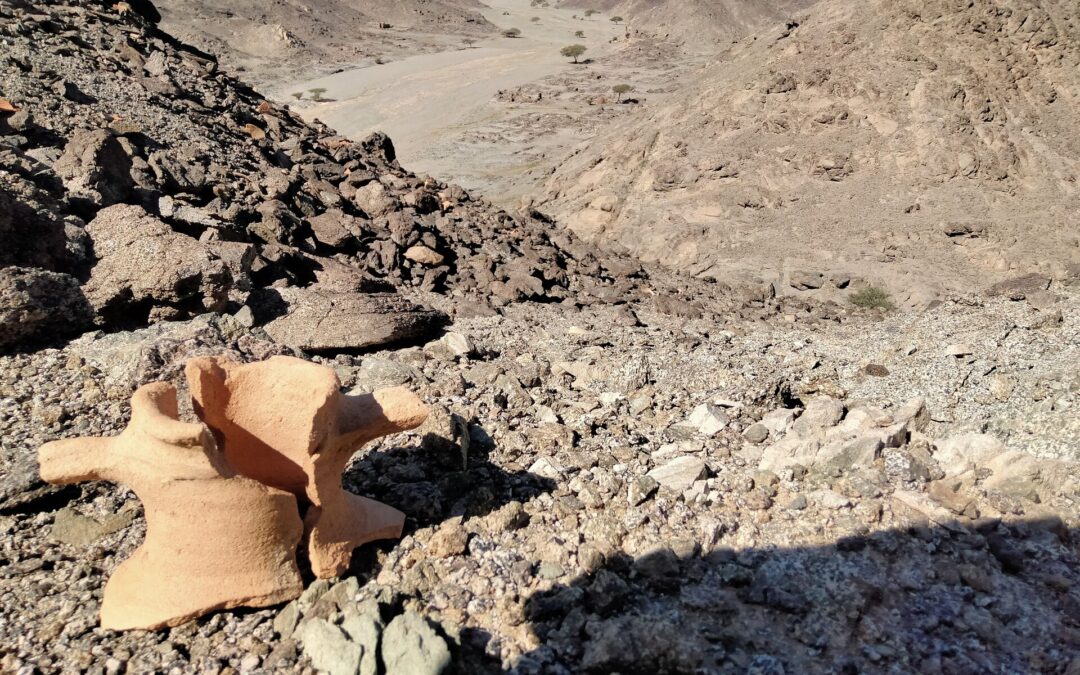
21 september 2022 | Internationale relaties in scherven
Spreker: Roderick Geerts (PhD student Leiden University)
In deze lezing wordt er gekeken naar de gevonden potscherven die ons meer kunnen vertellen over de verschillende handelscontacten vanuit en naar Berenike.
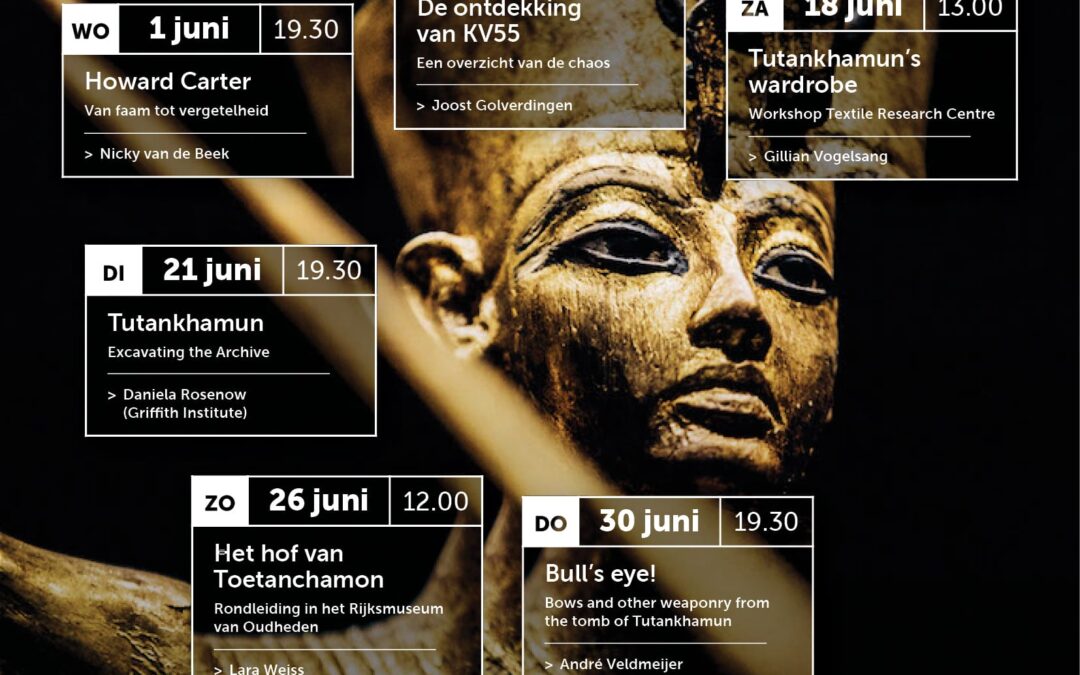
1-30 juni 2022 | Totaalpakket voor Toetanchamon-maand
Deze maand staat in het teken van farao Toetanchamon. We hebben een breed programma georganiseerd waarbij de activiteiten zowel los als in een totaal pakket te koop worden aangeboden. Met dit totaalpakket krijgt u toegang tot alle activiteiten die deze maand op de planning staan.

1-30 juni 2022 | Lezingenpakket Toetanchamon-maand
Deze maand staat in het teken van farao Toetanchamon. We hebben een breed programma georganiseerd waarbij de activiteiten zowel los als in een totaal pakket te koop worden aangeboden. Met dit lezingenpakket krijgt u toegang tot alle online lezingen die op de planning staan.
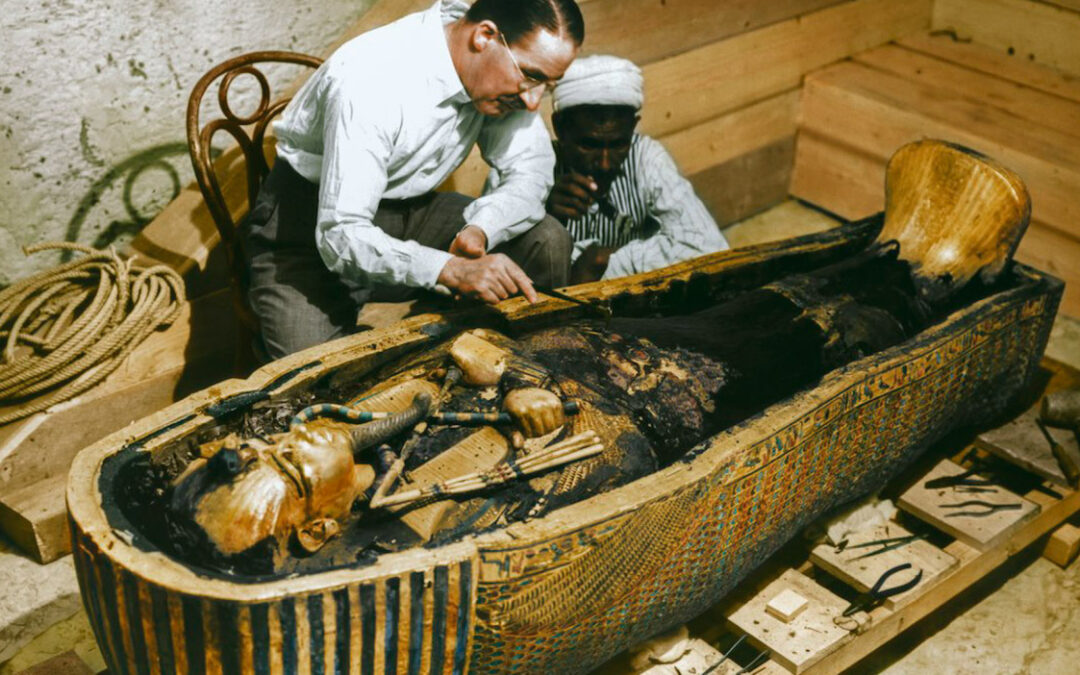
1 juni 2022 | Howard Carter: Van faam tot vergetelheid
Voordat Howard Carter het graf van Toetanchamon ontdekte was hij reeds lang werkzaam in Egypte. Al vanaf zijn zeventiende was de ongeschoolde tekenaar in dienst van Percy Newberry in Beni Hasan, Flinders Petrie in Amarna en Édouard Naville in Deir el-Bahari. Daar kopieerde hij de scènes van tombes en tempelwanden, met een onfeilbaar gevoel voor de Egyptische manier van afbeelden. Ook was hij inspecteur voor de Oudheidkundige Dienst, ging op zoek naar graffiti in de verlaten wadi’s van Thebe en verbeterde de beveiliging van de vele nieuw ontdekte tombes.
